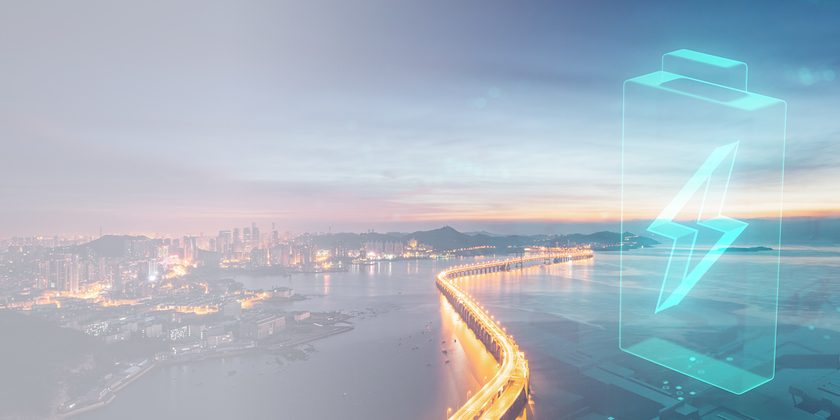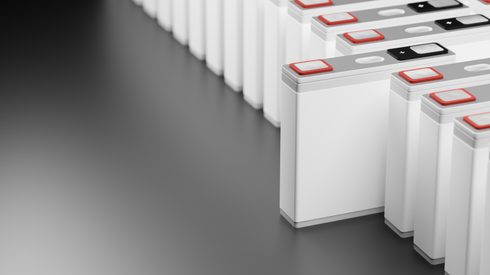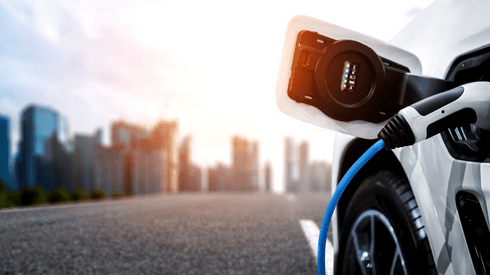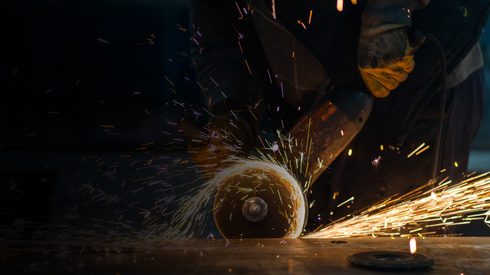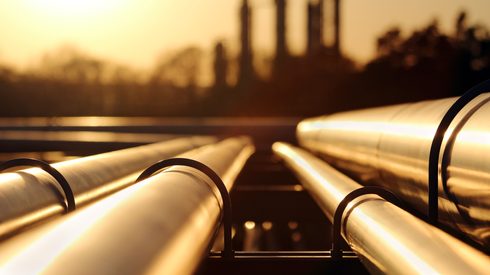Investment to date in the facility at the Fort Cady project, as it is known, was $70 million, although that does not include operational expenses, chief marketing officer JT Starzecki said on Friday October 20.
The unit will have capacity for 2,000 short tons per year, scalable to 9,000 tons per year in 2024.
From that point onward, depending on exactly when it starts up and how well it performs, the US company foresees a first phase of commercial output at 90,000 tons per year in mid-2026. Capital expenditures for that were expected to be spread through 2024-26, totaling $373 million.
Capex for that first phase, however, would start slowly, with around $37 million scheduled for next year.
“It will be a combination of government-funded facilities, with either low interest [loans] or grants, plus non-dilutive prepayments and royalty structures,” Starzecki told Fastmarkets in an earlier interview on September 18. “All else would be via equity.”
Forward-looking plans
When a group of investors acquired the Fort Cady project in 2016, the company, was known at the time as American Pacific Borates, and was listed on the Australian Securities Exchange (ASX). It was later rebranded to 5E Advanced Materials and the primary listing was moved to the Nasdaq.
The intention is to develop the company into a relevant participant in the boric acid market, which is currently dominated by two companies, and to focus on sales to the US domestic market, Starzecki said. This would go well with the country’s plan to develop more critical materials in-house and to put 5E in a strong position for further development.
After phase 1, the company plans on investing to develop capacity for 270,000 tons per year in a second commercial phase of the project. The last step would be to achieve 450,000 tons per year in phase 3. The life of mine has been calculated at 31 years, but “should actually be longer,” Starzecki said in September.
Extracting boron from colemanite ore will leave 5E with calcium chloride, from which it can produce lithium carbonate as a byproduct. In the initial, small-scale facility, the company expects to produce around 110 tons per year of lithium carbonate.
According to a company presentation published in August, phase 1 would yield around 1,100 tons per year of lithium carbonate, and this volume would be expected to rise to 5,500 tons per year in phase 3, Starzecki said on September 18.
Construction work at Fort Cady started in the fourth quarter of 2022. With the plant ready, the company only requires authorization from the US Environmental Protection Agency (EPA) to inject acid and commence production.
“We expect that to be [happen soon] because we’ve now completed our step rate testing,” Starzecki said on Friday.
Boron, boric acid and derivatives
Boron can be used in a wide range of applications, ranging from fertilizers to glasses and ceramics, but also in alloys which make up neodymium-iron-boron (NdFeB) that can be used, for example, in permanent magnet motors in electric vehicles (EVs) and wind turbines.
In EVs, it can also be added to bodies and frames, as well as being used in liquid-crystal display (LCD) screens and as a stabilizer in lithium-ion batteries.
Kernite, ulexite and colemanite can be used as input for boric acid production, albeit yielding different results – 5E’s colemanite deposit has one of the highest grades for that. Boric acid and boron oxide go into magnets, solar panels and wind turbines, while further refining into carbides and nitrides can serve the aerospace, fiber optics and satellites industries.
Going further downstream significantly reduces traded volumes, but also raises prices accordingly, Starzecki said. The difference could range from $1,000 per short ton to $10,000 per short ton or even $100,000 per short ton in some cases, according to sources in the industry.
Currently, Fastmarkets does not assess boric acid prices.
Supply/demand trends
Market participants estimated that around one-third of demand for boron currently comes from agriculture and ceramics – the same proportion of consumption that is concentrated in China.
That was expected to change to show more demand from North America and Europe under government incentives such as critical material plans and re-shoring efforts, and for use in EVs and decarbonization projects.
In a late 2021 report from Credit Suisse, frequently mentioned by 5E, analysts with the investment bank wrote that demand for boron arising from decarbonization projects could comprise 75% of the total demand by 2050, or even 90% in the case of an exponential consumption increase.
According to that Credit Suisse report, in a worst-case scenario, demand in 2050 would be around four times higher than in 2020, when it was slightly below 800,000 tonnes. And it would almost grow tenfold in the bank’s most positive estimate.
“We strongly believe that energy transition can bring a demand event to the boric acid market,” 5E’s Starzecki first told Fastmarkets on July 26. “And we have a good opportunity with re-shoring in the US that could help the current market, in which processing is dominated by China.”
The US Geological Survey (USGS) has not included boron in its critical minerals list, where materials are ranked according to scarcity and their importance for energy transition technologies. But 5E has been arguing that it is not only key to processing and manufacturing several materials that were included, but is also rare worldwide. It would sit at 19th place on the USGS list, just below the light rare earth element praseodymium, for example.
Currently, the world’s largest boric acid producers are Turkish state-owned company Etimine (close to 65% of global supply) and Rio Tinto’s US Borax operations in California (around 20%). If the forecast demand event does happen, 5E believes that new projects will be essential to secure supply.
“We’ll use our small-scale facility to optimize the efficiency of the well field, understand what purity we can refine and the crystallization process,” Starzecki told Fastmarkets in September. “Then, we’ll take it for offtake discussions.”
In the future, the company intends to operate with about half of its production going to meet offtake agreements, to sell 25% in the spot market, and to use the remaining 25% in making its own advanced materials.
Keep up to date with the latest news and insights on our dedicated battery materials market page.

